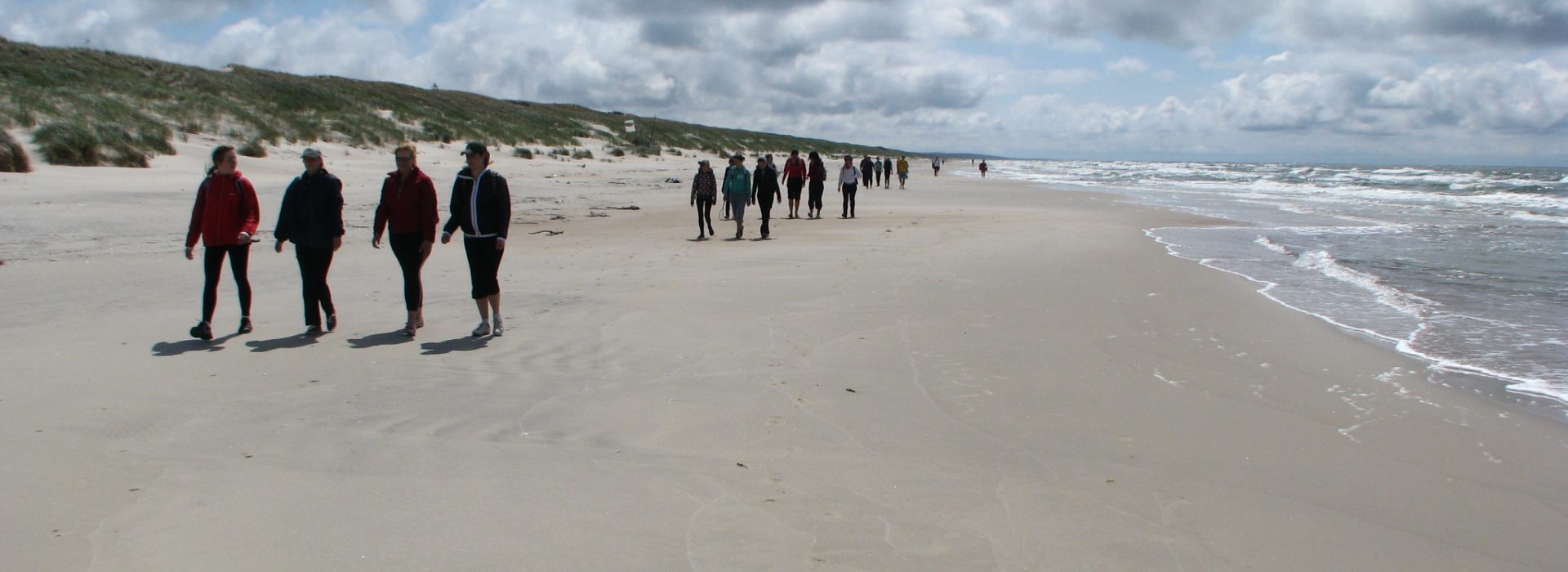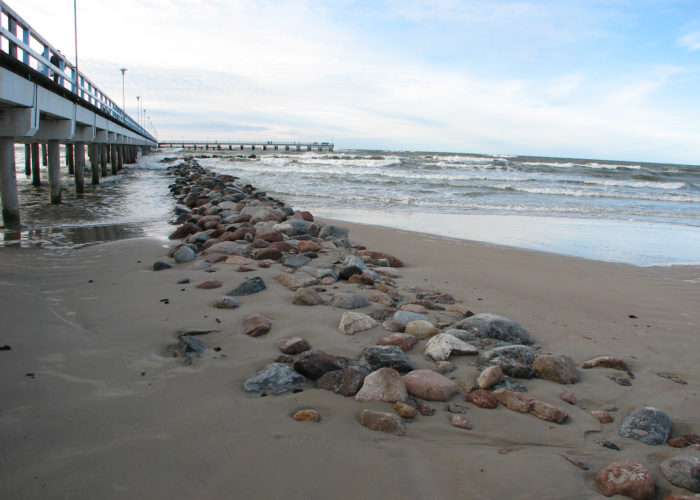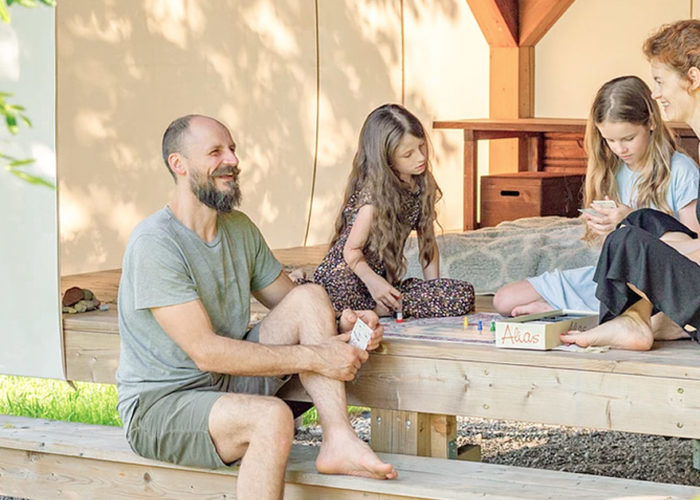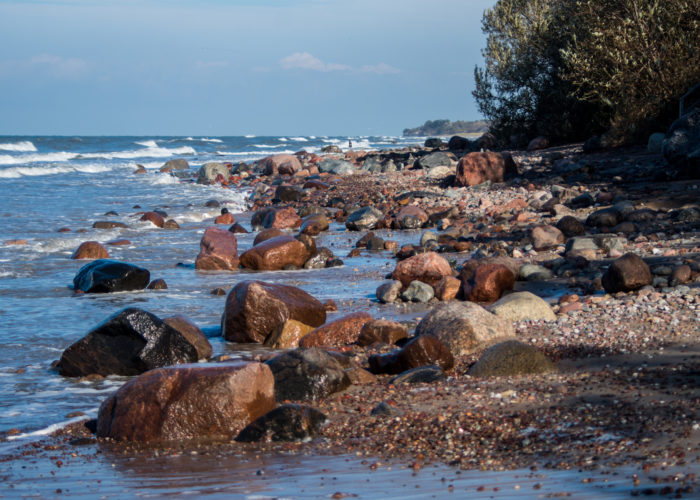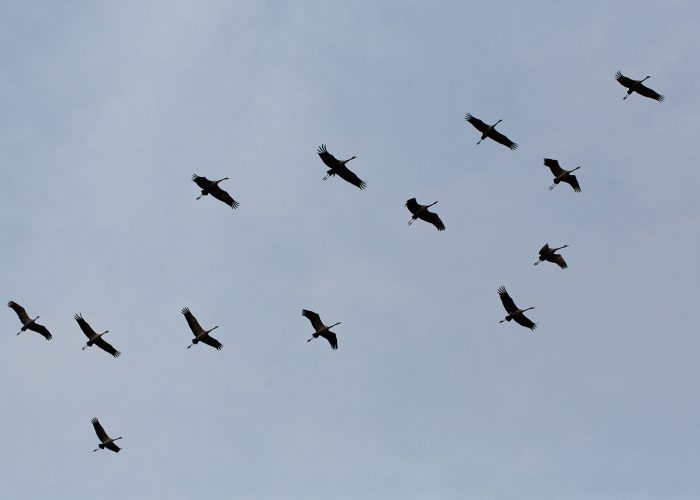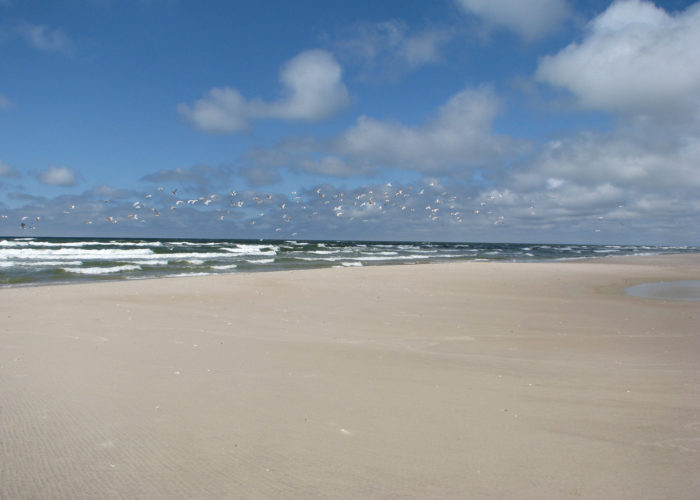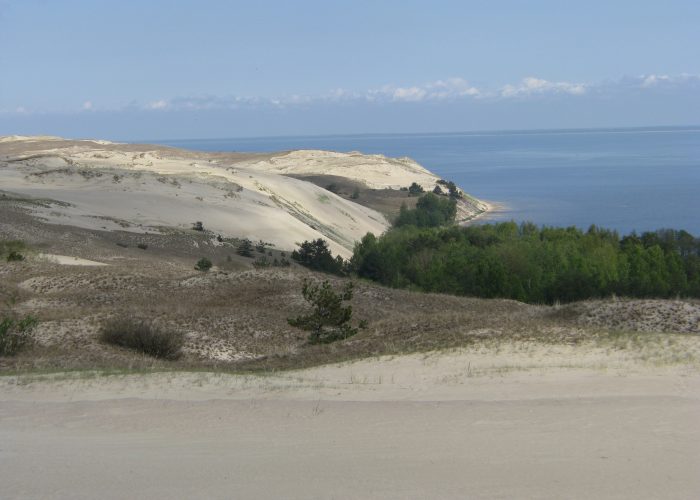Activity
6 hours
The central part of Palanga is well suited for cycling, especially in autumn, when there are no more holidaymakers. The length of Palanga bicycle paths reaches 40km, they are stretched all over the resort. After the hustle and bustle of the season, it is time for a quiet rest and rich leisure time in Palanga. In autumn, you can stay in Palanga much cheaper than in the heat of the season, avoid crowds, noise, congestion and feel part of nature rather than crowds. Iodine-rich air and active leisure at the seaside not only improves mood but also wellbeing. Autumn is a great time to get to know historic Palanga. Guests of the resort are offered to visit the most popular places – the Amber Museum, Birutė Hill with a chapel, the park of Tiškevičiai Palace, the restored Kurhaus. Palanga Amber Museum is a division of the Lithuanian National Museum of Art. Year 2011 a new exhibition has been opened in the museum, which contains 5 000 exhibits presenting Baltic gold from its origin and distribution to its application in traditional culture and jewellery. Various artistic events also attract visitors to the museum. In the fireplace art, prominent artists give concerts of classical and jazz music.






